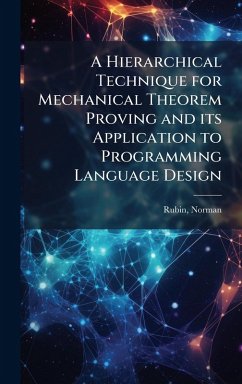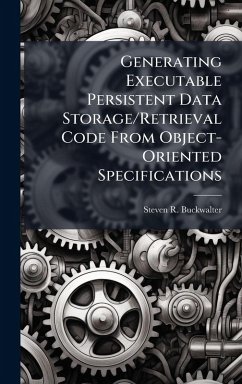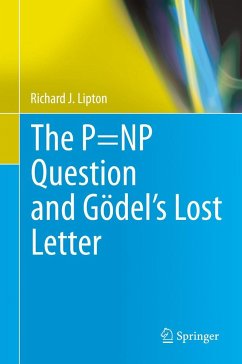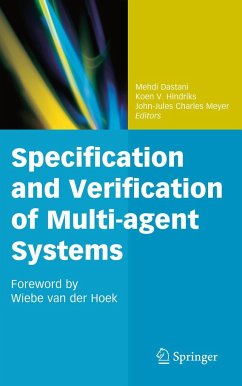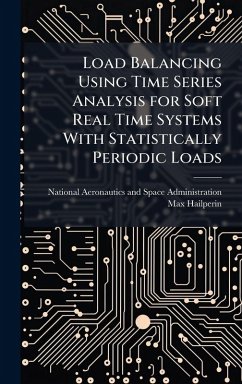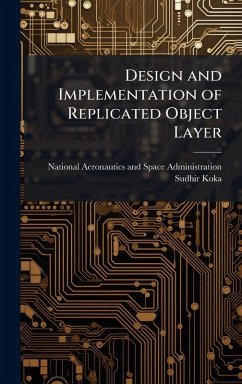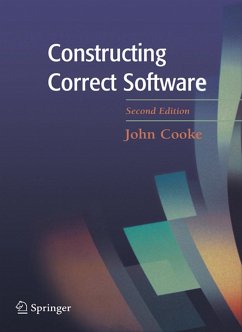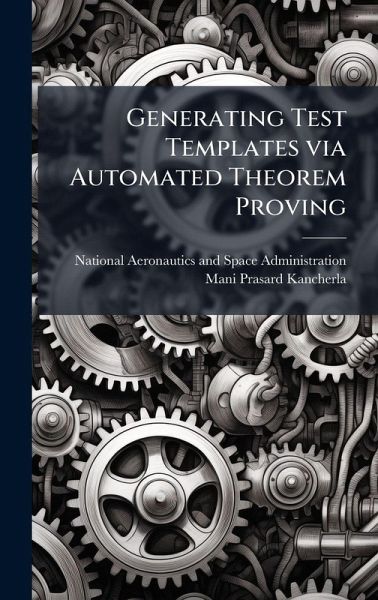
Generating Test Templates via Automated Theorem Proving
Versandkostenfrei!
Versandfertig in über 4 Wochen
28,99 €
inkl. MwSt.
Weitere Ausgaben:

PAYBACK Punkte
14 °P sammeln!
Testing can be used during the software development process to maintain fidelity between evolving specifications, program designs, and code implementations. We use a form of specification-based testing that employs the use of an automated theorem prover to generate test templates. A similar approach was developed using a model checker on state-intensive systems. This method applies to systems with functional rather than state-based behaviors. This approach allows for the use of incomplete specifications to aid in generation of tests for potential failure cases. We illustrate the technique on t...
Testing can be used during the software development process to maintain fidelity between evolving specifications, program designs, and code implementations. We use a form of specification-based testing that employs the use of an automated theorem prover to generate test templates. A similar approach was developed using a model checker on state-intensive systems. This method applies to systems with functional rather than state-based behaviors. This approach allows for the use of incomplete specifications to aid in generation of tests for potential failure cases. We illustrate the technique on the cannonical triangle testing problem and discuss its use on analysis of a spacecraft scheduling system. This work has been selected by scholars as being culturally important, and is part of the knowledge base of civilization as we know it. This work was reproduced from the original artifact, and remains as true to the original work as possible. Therefore, you will see the original copyright references, library stamps (as most of these works have been housed in our most important libraries around the world), and other notations in the work. This work is in the public domain in the United States of America, and possibly other nations. Within the United States, you may freely copy and distribute this work, as no entity (individual or corporate) has a copyright on the body of the work. As a reproduction of a historical artifact, this work may contain missing or blurred pages, poor pictures, errant marks, etc. Scholars believe, and we concur, that this work is important enough to be preserved, reproduced, and made generally available to the public. We appreciate your support of the preservation process, and thank you for being an important part of keeping this knowledge alive and relevant.



